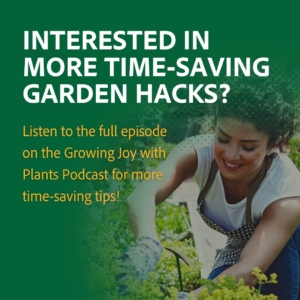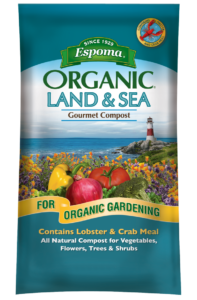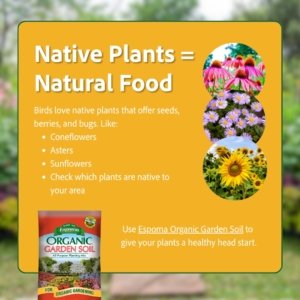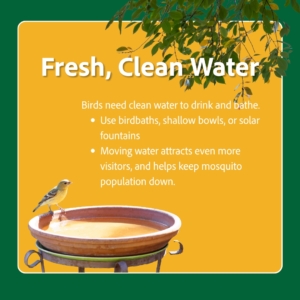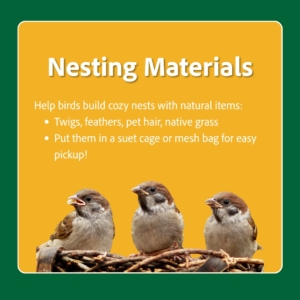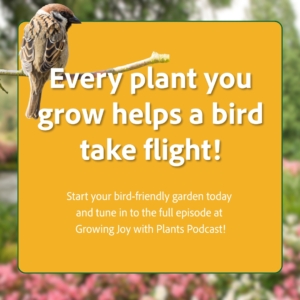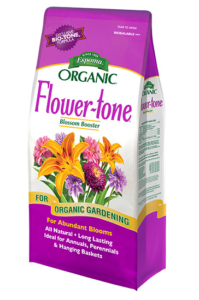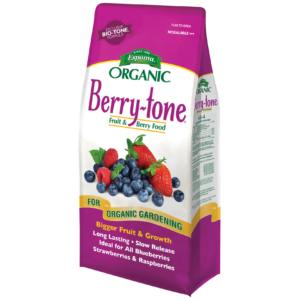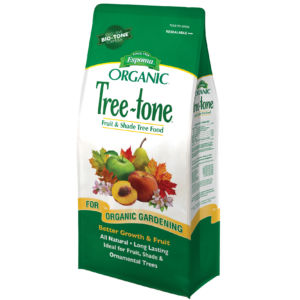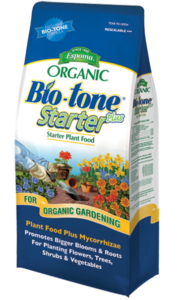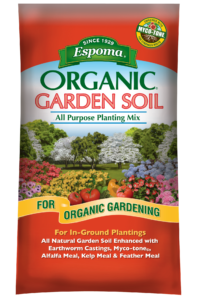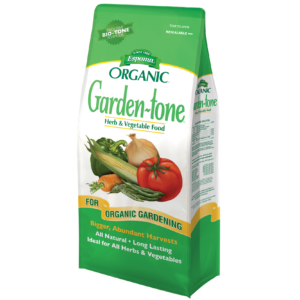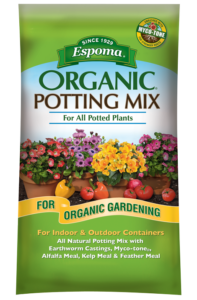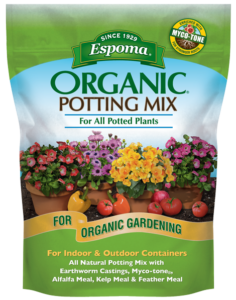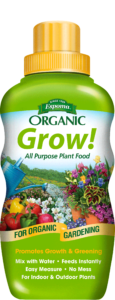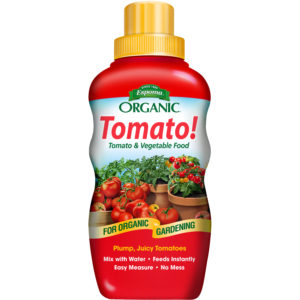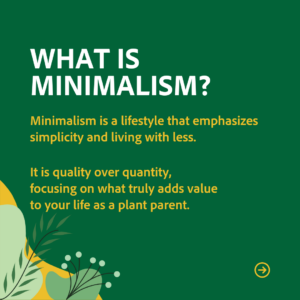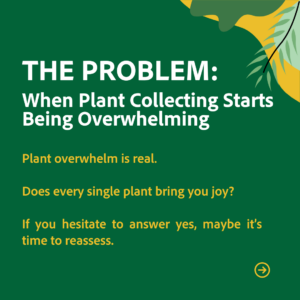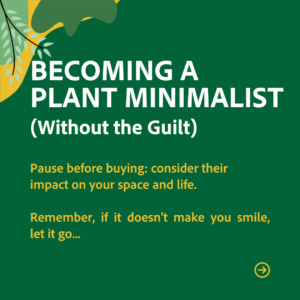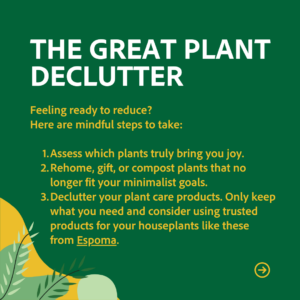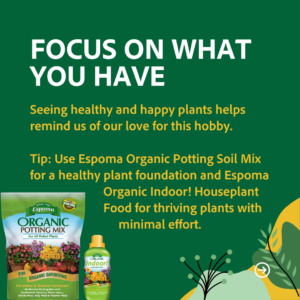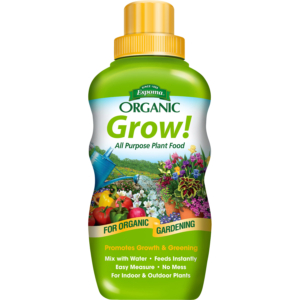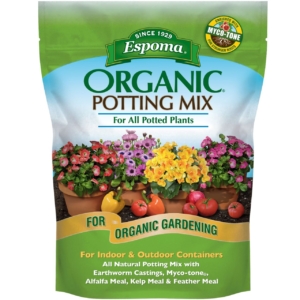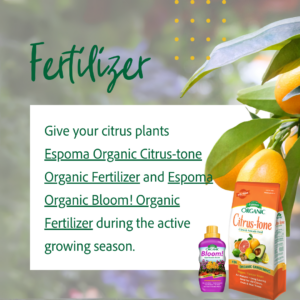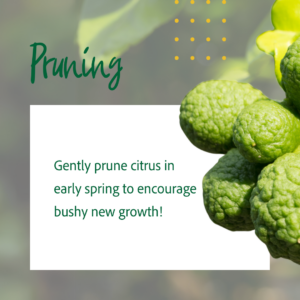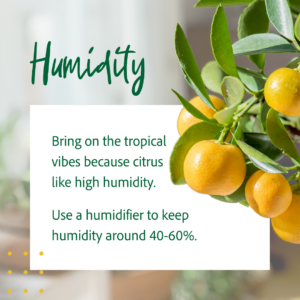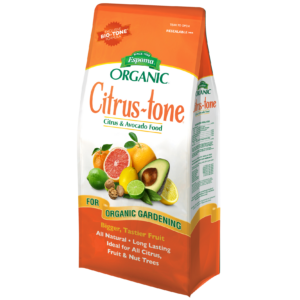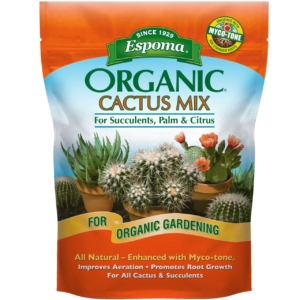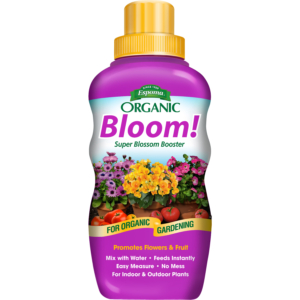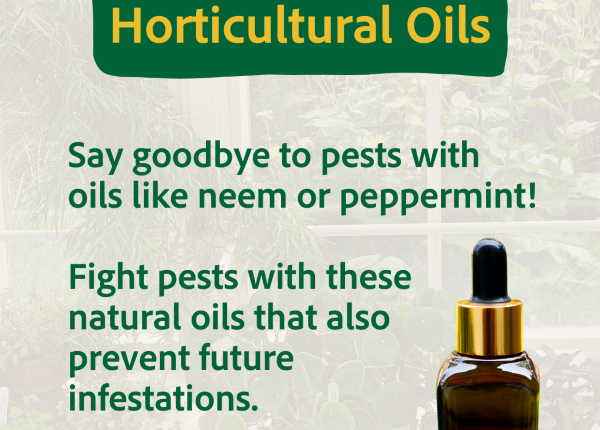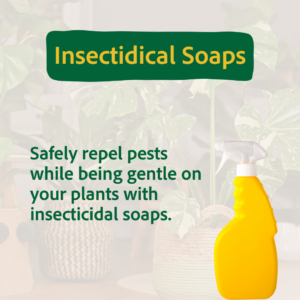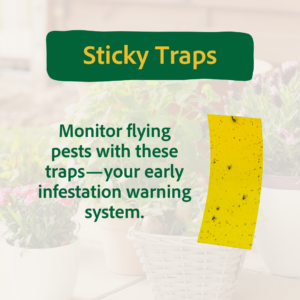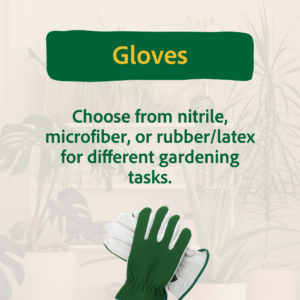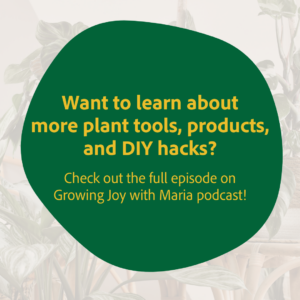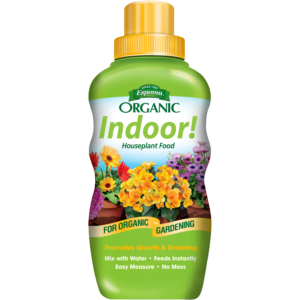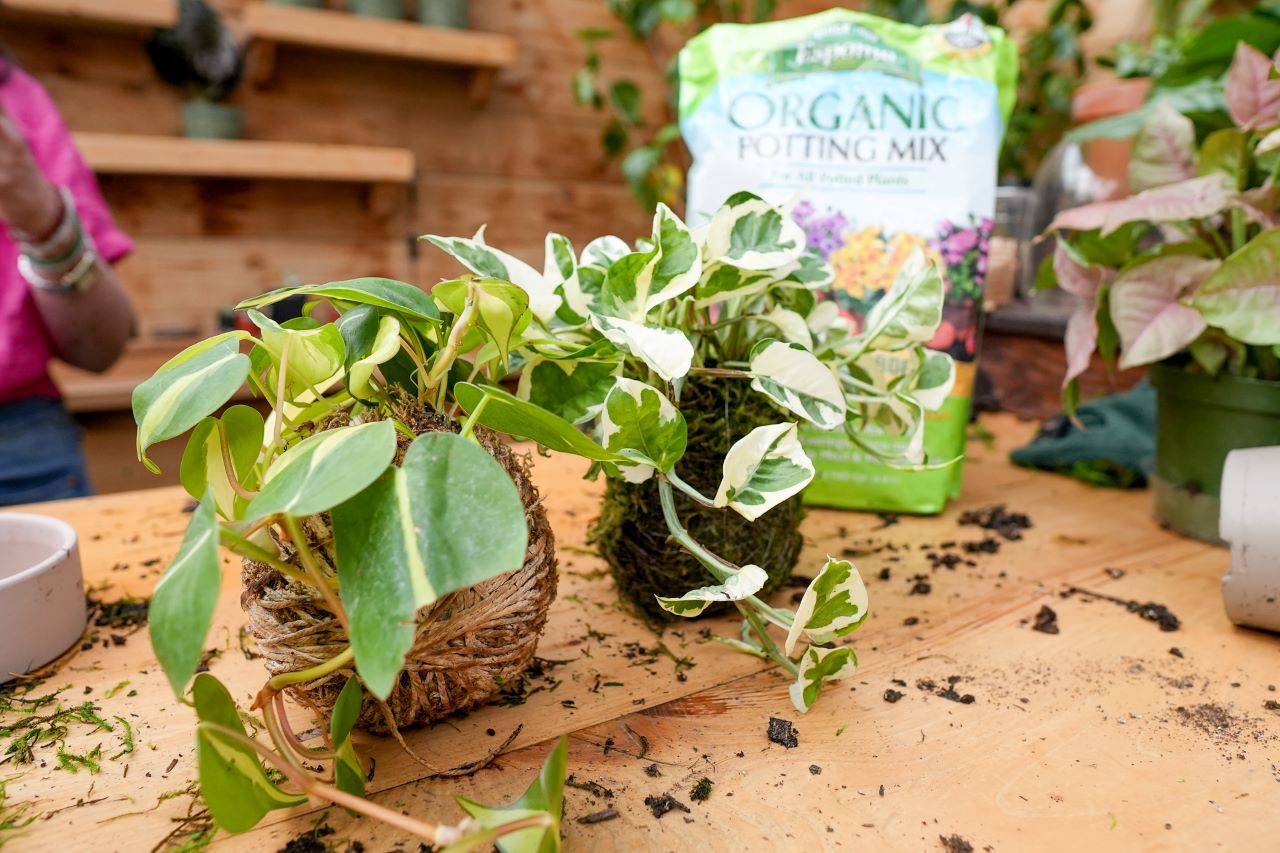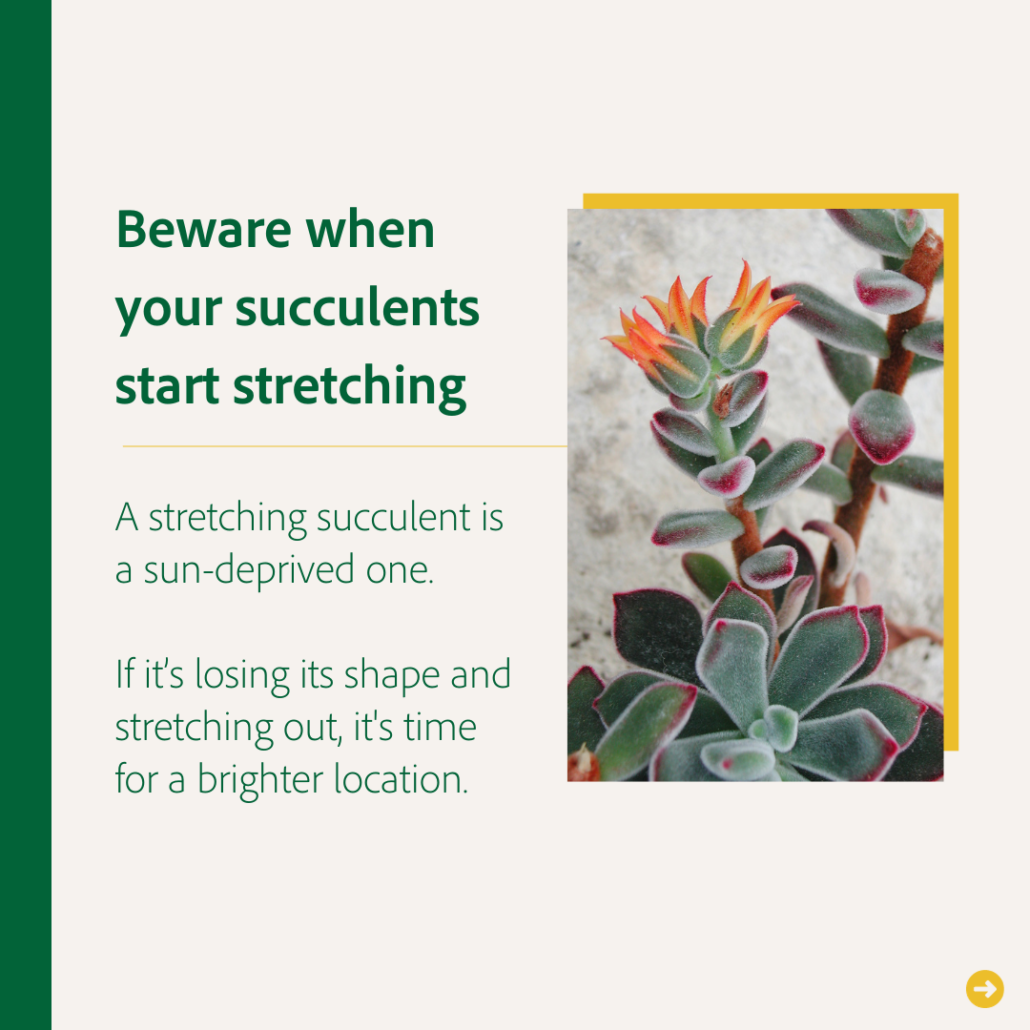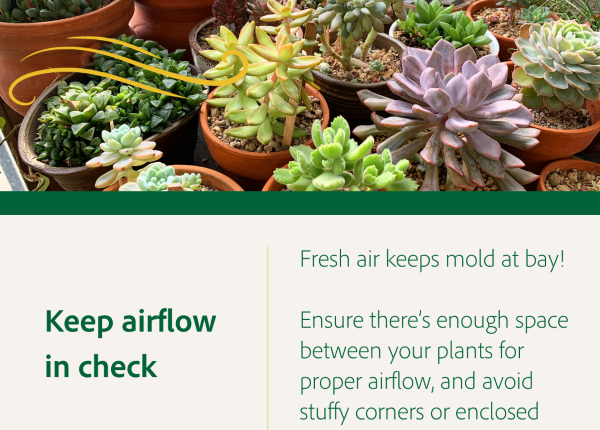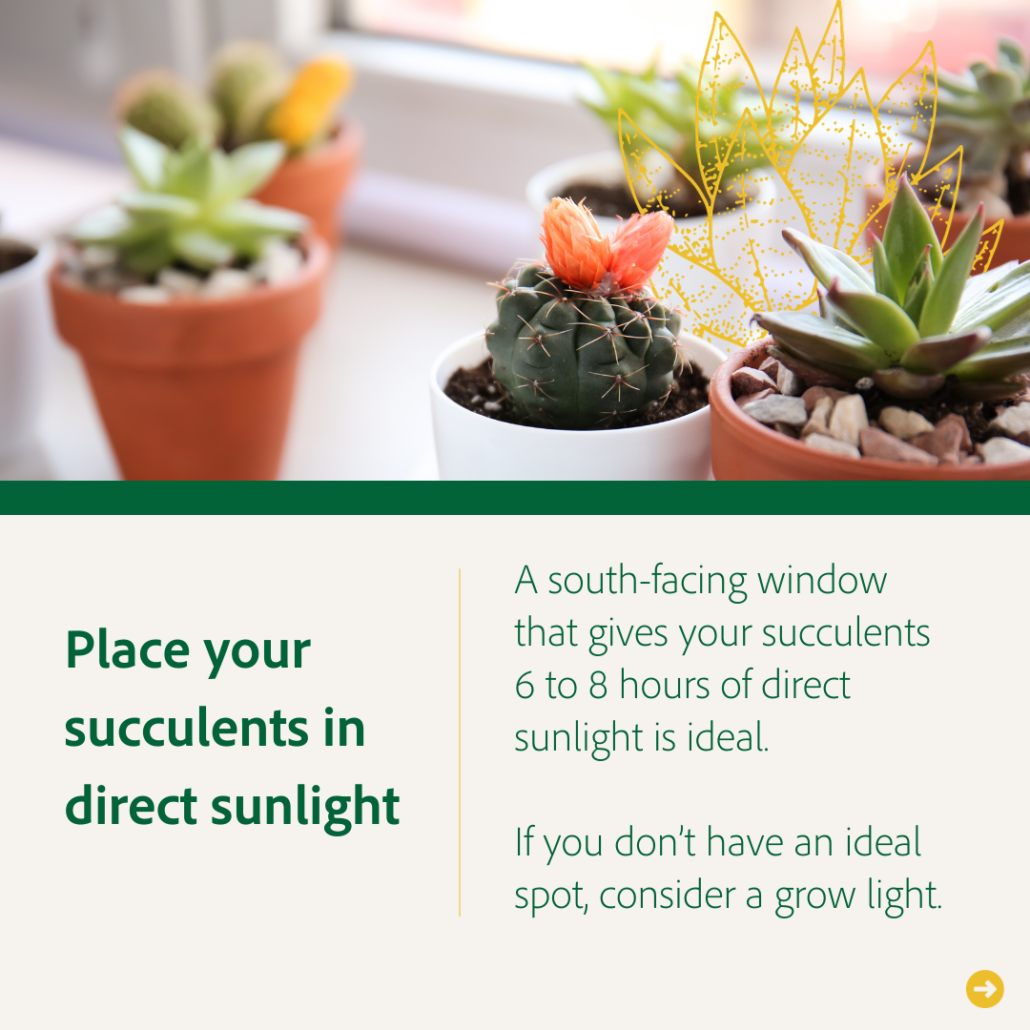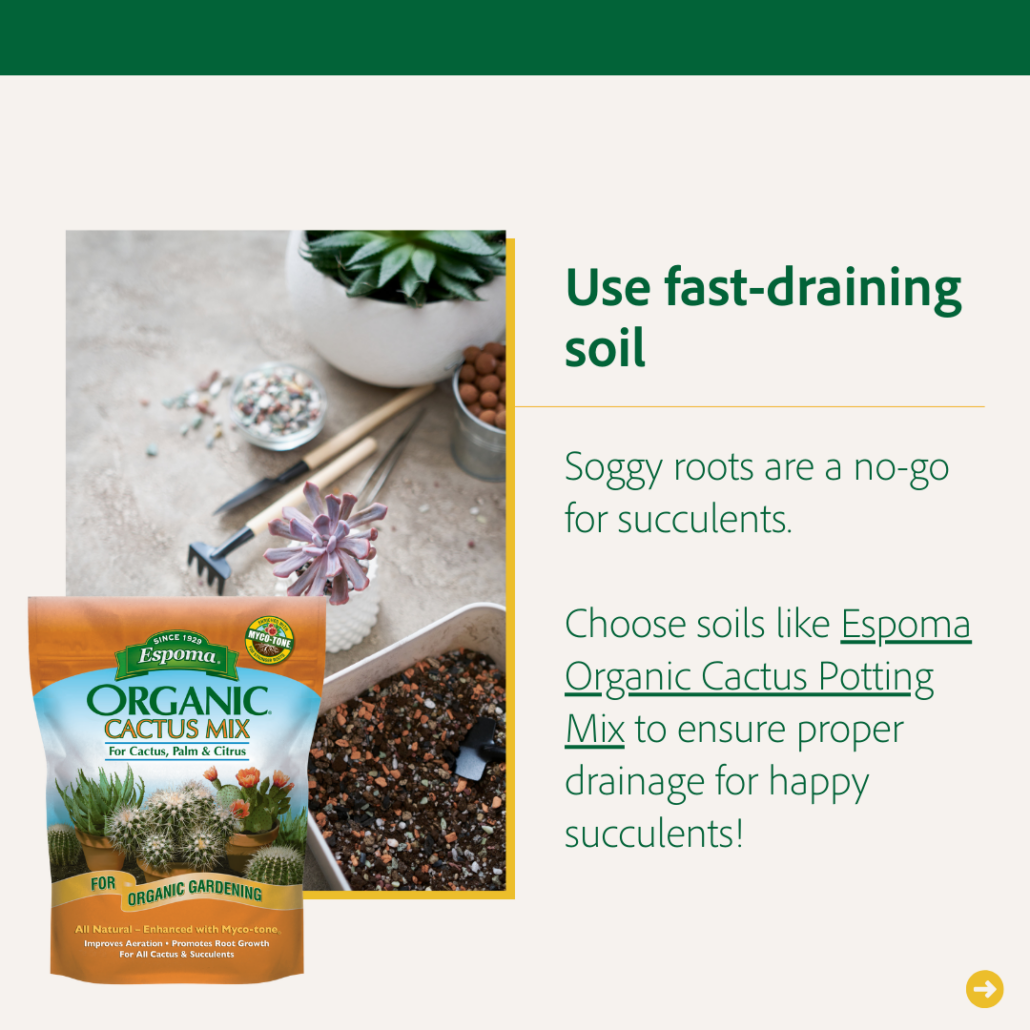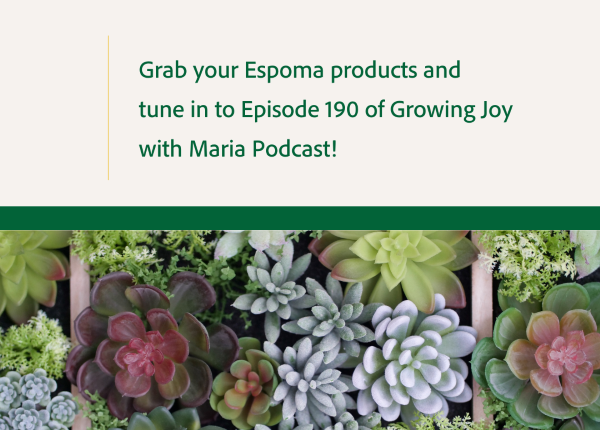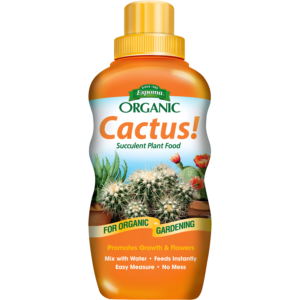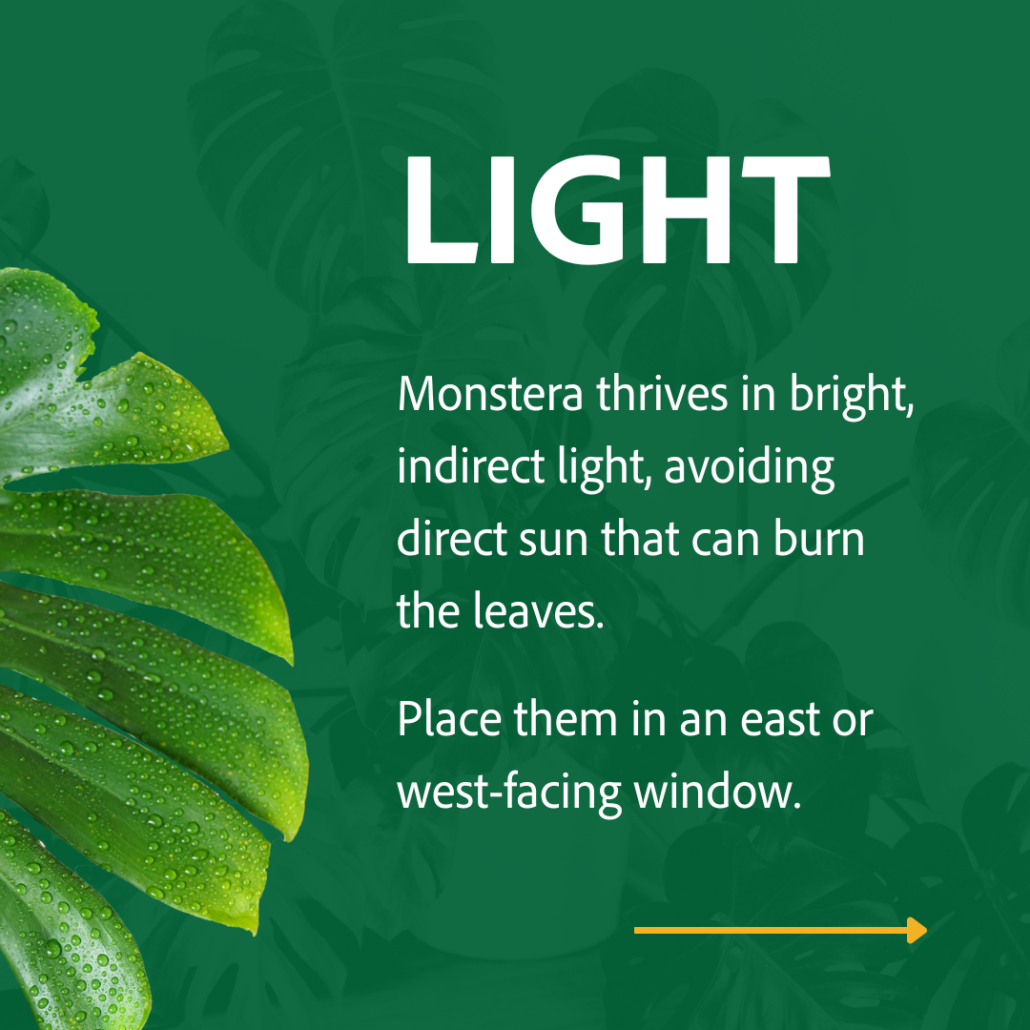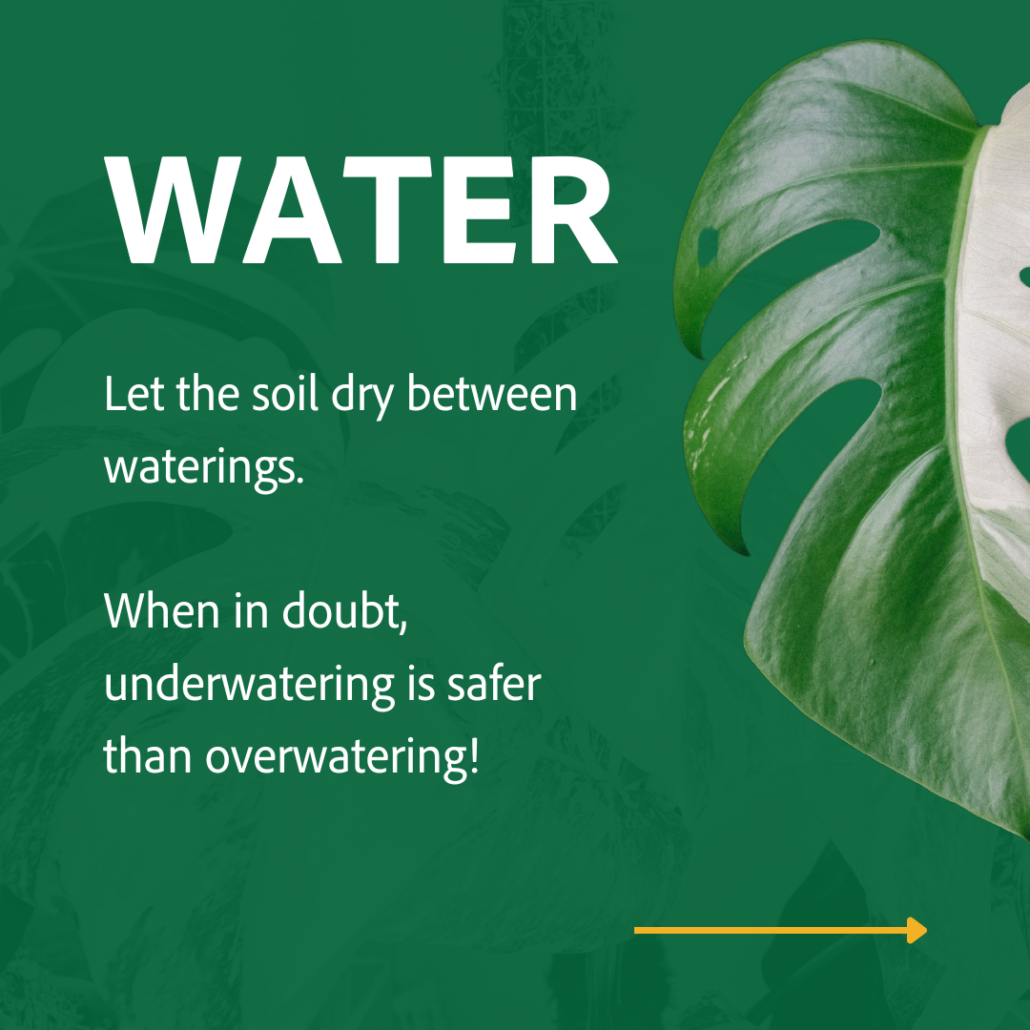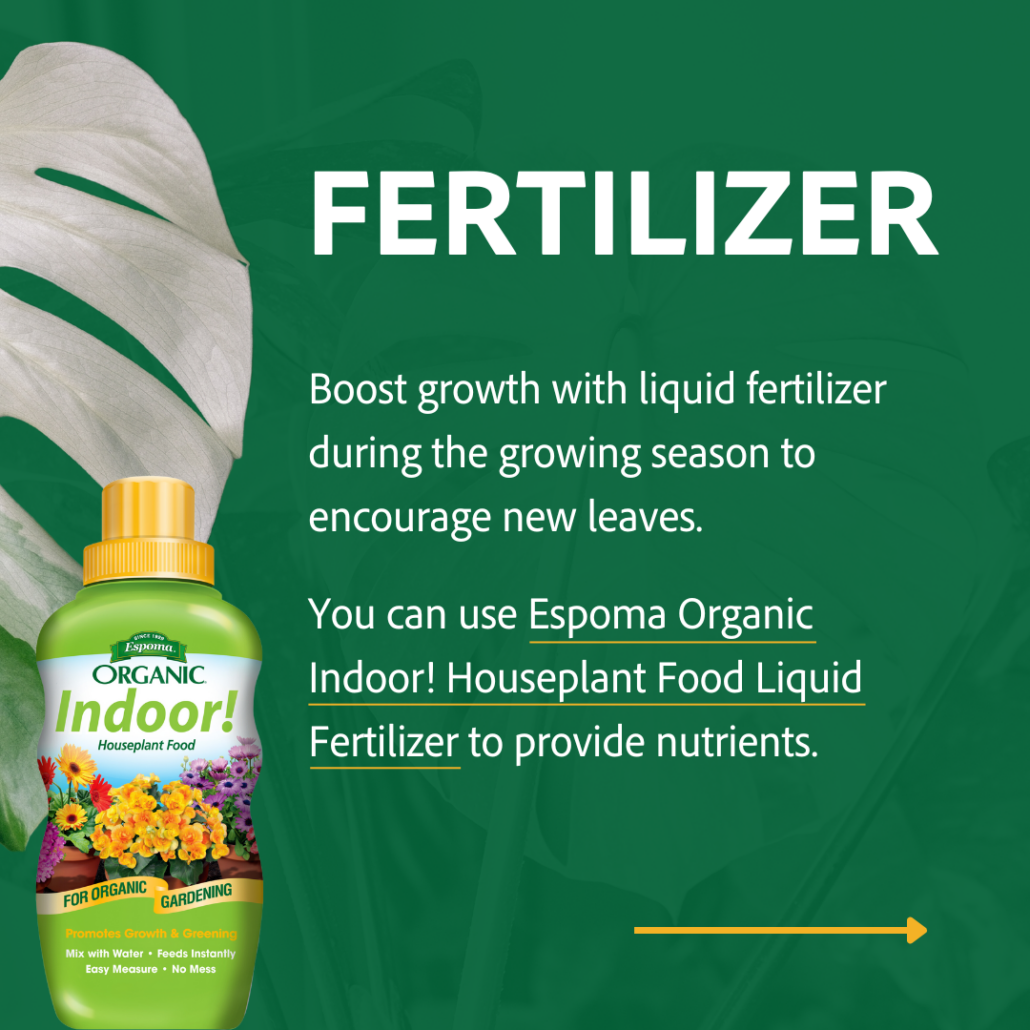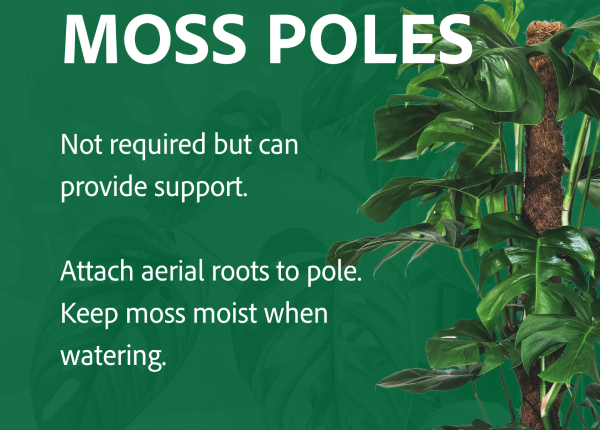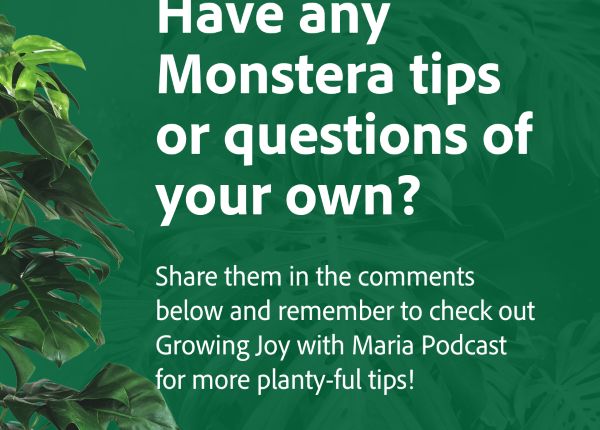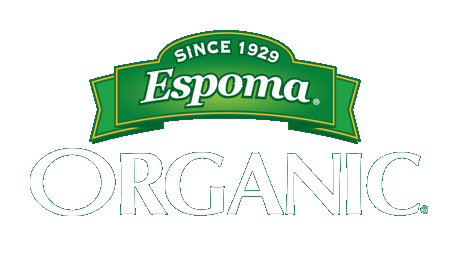10 Time-Saving Tactics for a More Efficient Garden | Growing Joy with Maria
Has your garden started to feel like a tedious task on your never-ending to-do list? Here are 10 ways to avoid garden burnout by making gardening more efficient and simple, so you can enjoy it without feeling weighed down.
This blog is inspired by Episode 266 of the Growing Joy with Plants Podcast, where Maria chats with CaliKim, YouTube gardening educator and author of The 10 Minute Gardener. Together, they share time-saving hacks to help you enjoy gardening again—without the stress.
Start Small, Stay Consistent
One of Kim’s foundational philosophies is to break down large tasks into smaller, manageable ones (3-, 5-, 8-, 10-, or 30-minute jobs), which is the basis of her book. The 10 Minute Gardener also organizes these by season (early, mid, late, dormant), so you can adapt them no matter where you garden.
Practical Time-Saving Tactics You Can Try Today
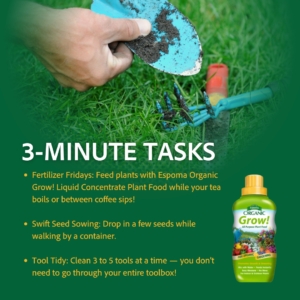
3-Minute Gardening Tasks
-
Fertilizer Fridays – Every Friday, while your tea kettle is boiling or you’re sipping coffee, take 3 minutes to fertilize your plants with an organic liquid fertilizer like Espoma Organic Indoor! Houseplant Food. You can also water them or pick off brown leaves.
-
Swift Growth Seed Sowing – Keep a small basket of seeds handy by your back door or in your pocket. During a quick break, pop a few pea seeds along a trellis or lettuce seeds into a container to keep succession planting going.
-
Three-Minute Tool Tidy – Clean and oil a few garden tools, like pruners, that may be getting rusty or sticky.
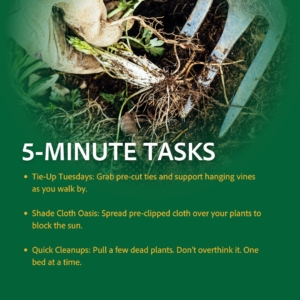
5-Minute Gardening Tasks
-
Tie-Up Tuesday (and Thursday!) – Dedicate a few minutes twice a week to trellis plants like cucumbers. Keep tie tape or twine in your pocket so you can do this quickly while walking through the garden.
-
Shade Cloth Oasis – Pre-clip shade cloth to trellises so you can dash out and cover plants when the sun is blazing.
-
End-of-Season Cleanups – Pull out dead plants and toss them into nearby trash bins or pop-up bins to keep your garden tidy.
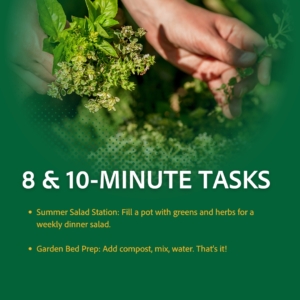
8- & 10-Minute Gardening Tasks
-
Summer Salad Station – Plant a container with salad greens, a tomato or cucumber, and herbs for a quick, ready-to-harvest dinner garden.
-
Hustle & Bustle Garden Bed Prep – In spring, refresh your garden beds with soil amendments like Espoma Organic Land & Sea Gourmet Compost and worm castings.
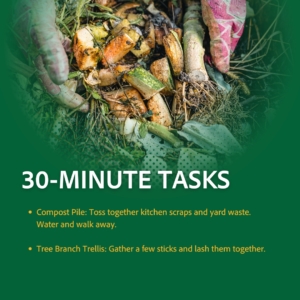
30-Minute Gardening Tasks
-
Compost Pile Refresh – Toss together kitchen scraps and yard waste to build your compost pile. Give it a splash of water, then walk away and let nature do the work.
-
Tree Branch Trellis – Gather a few sturdy sticks and lash them together to create a simple, rustic trellis for climbing plants.
Be Consistent and Keep Things Within Reach
The key is to keep everything handy and accessible. You don’t need complicated strategies to make gardening easier. Keep a basket of seeds by the door, stash pruners in multiple spots, and have tie tape at the ready. Making tools and supplies accessible ensures you stay consistent and efficient.
For more time-saving tips, listen to Episode 266 of the Growing Joy with Plants Podcast!
Featured Products:

